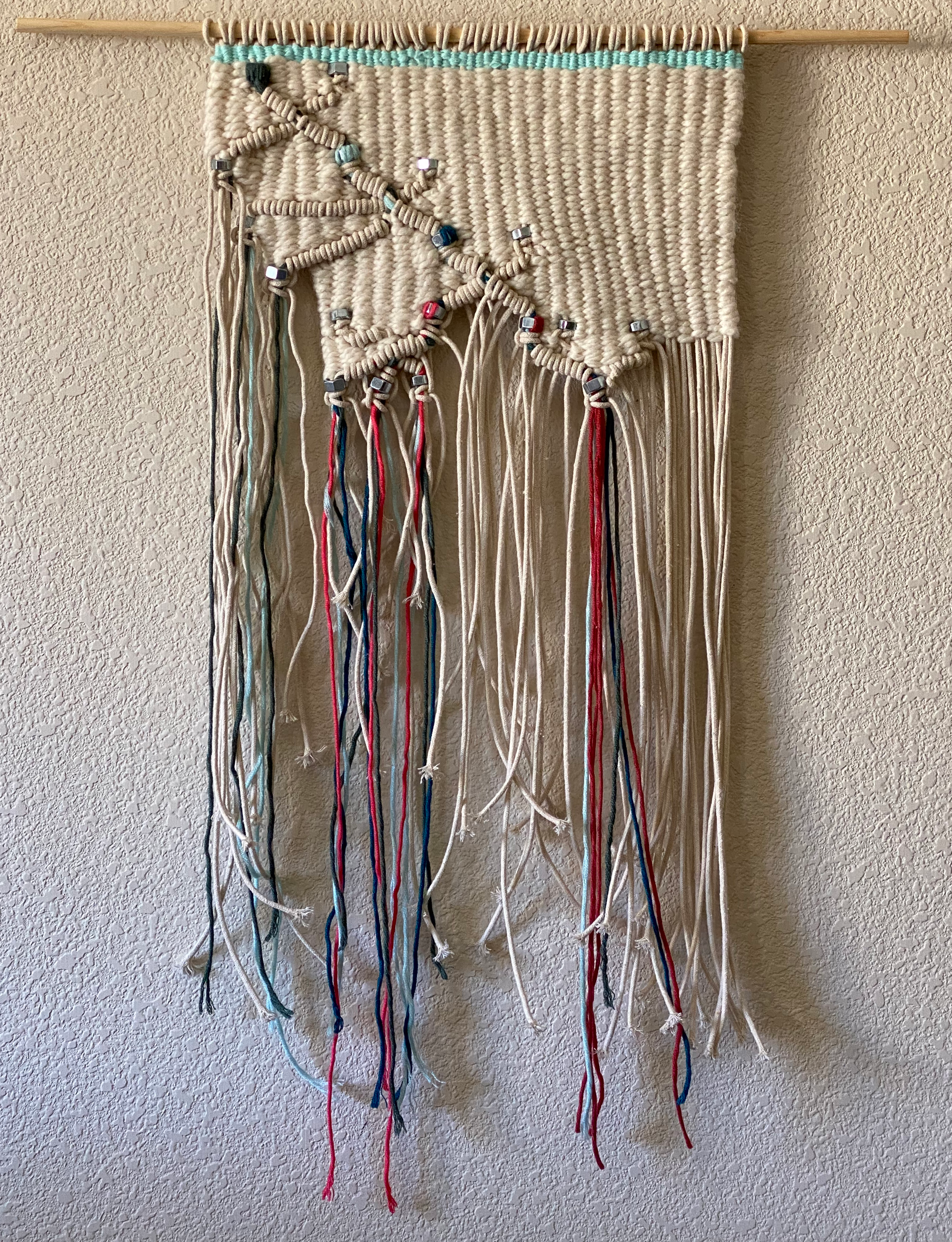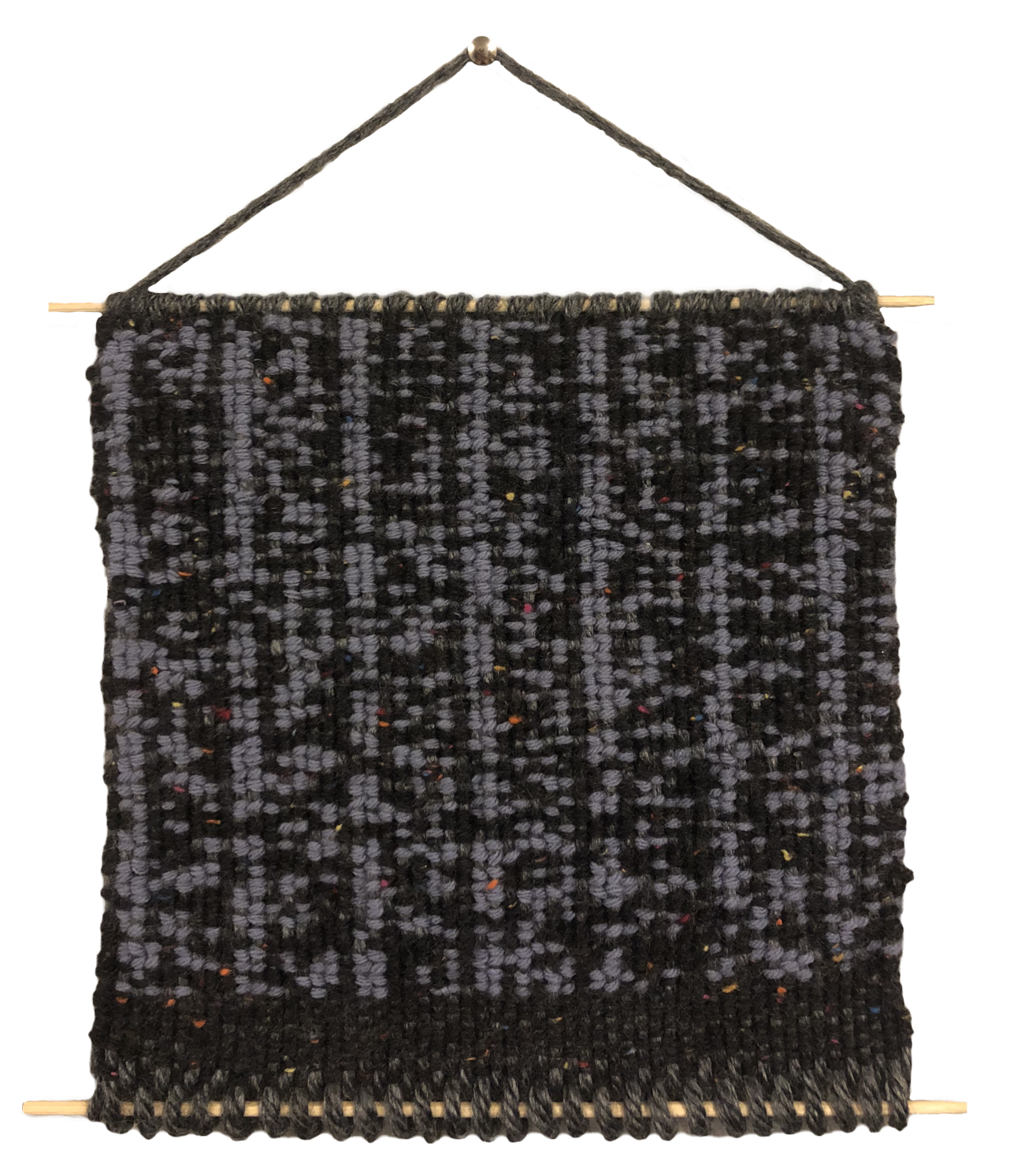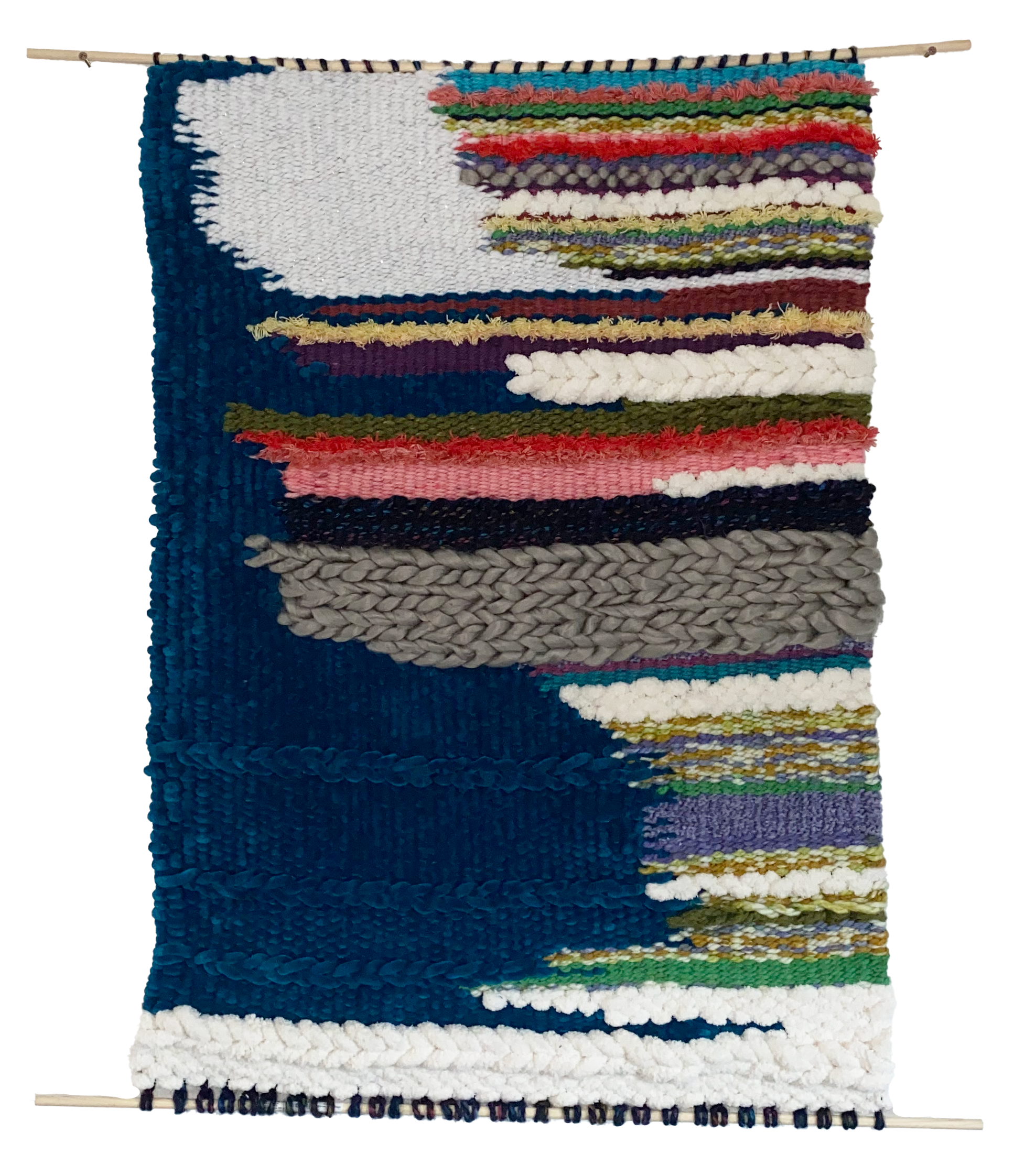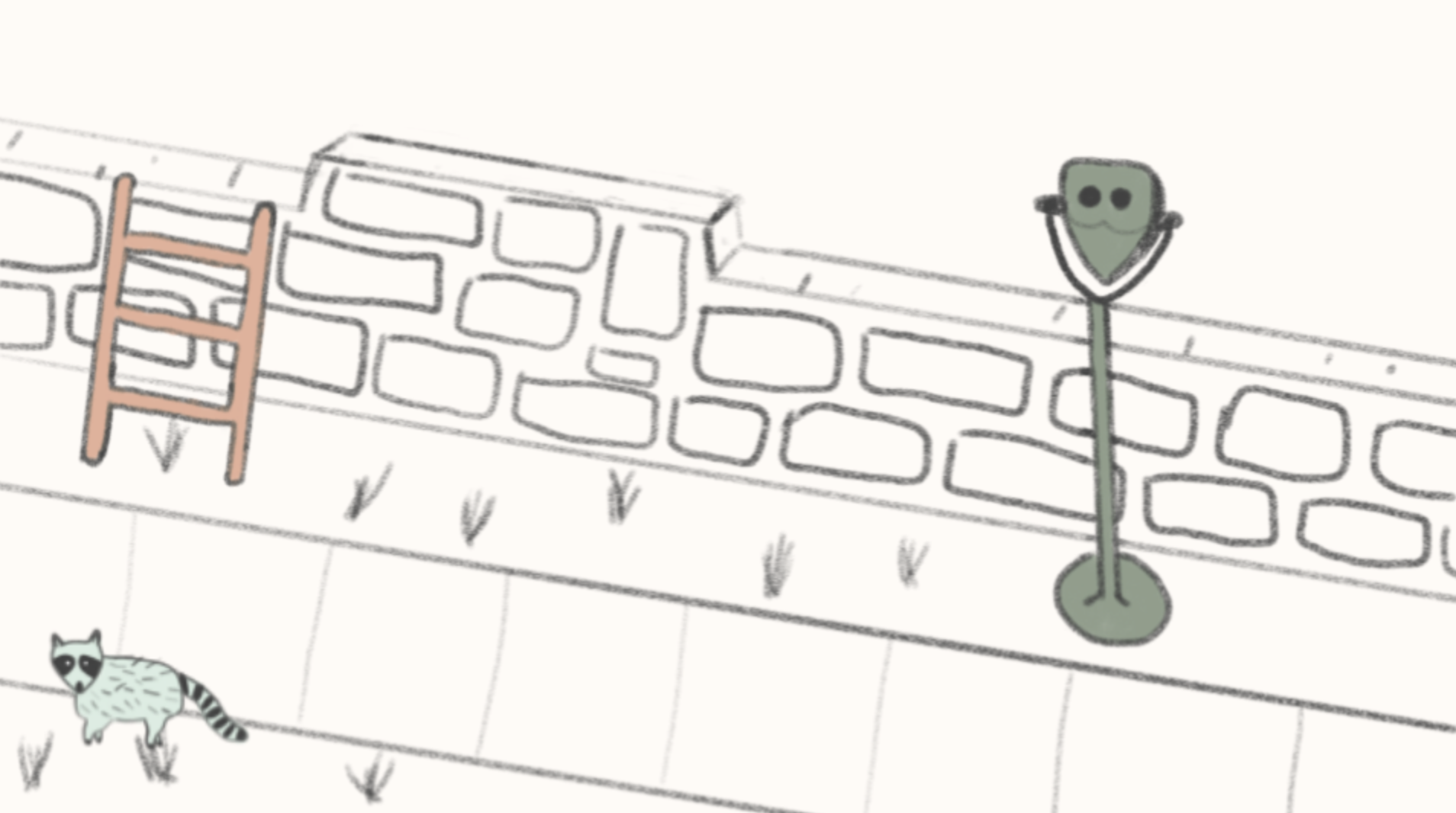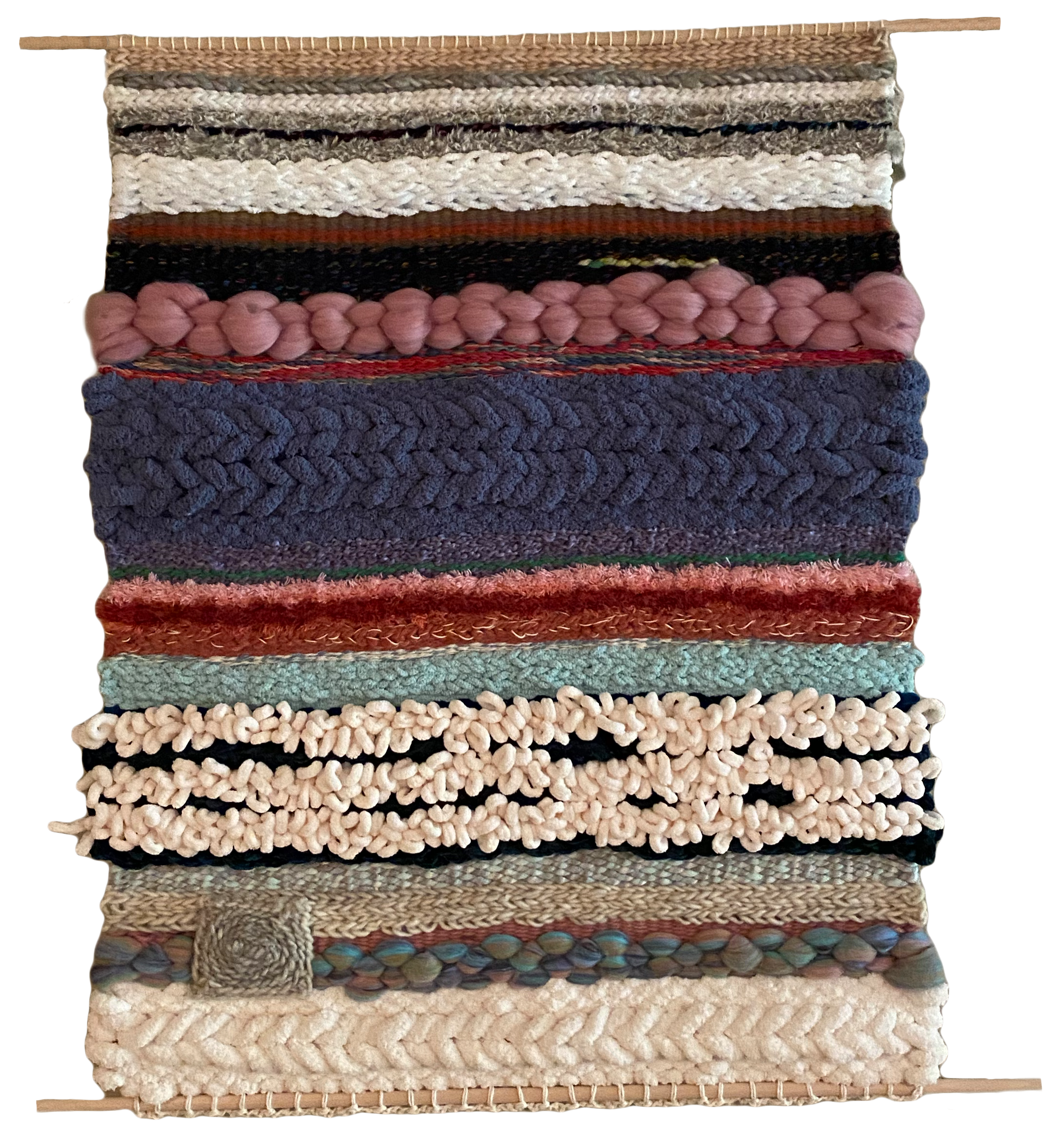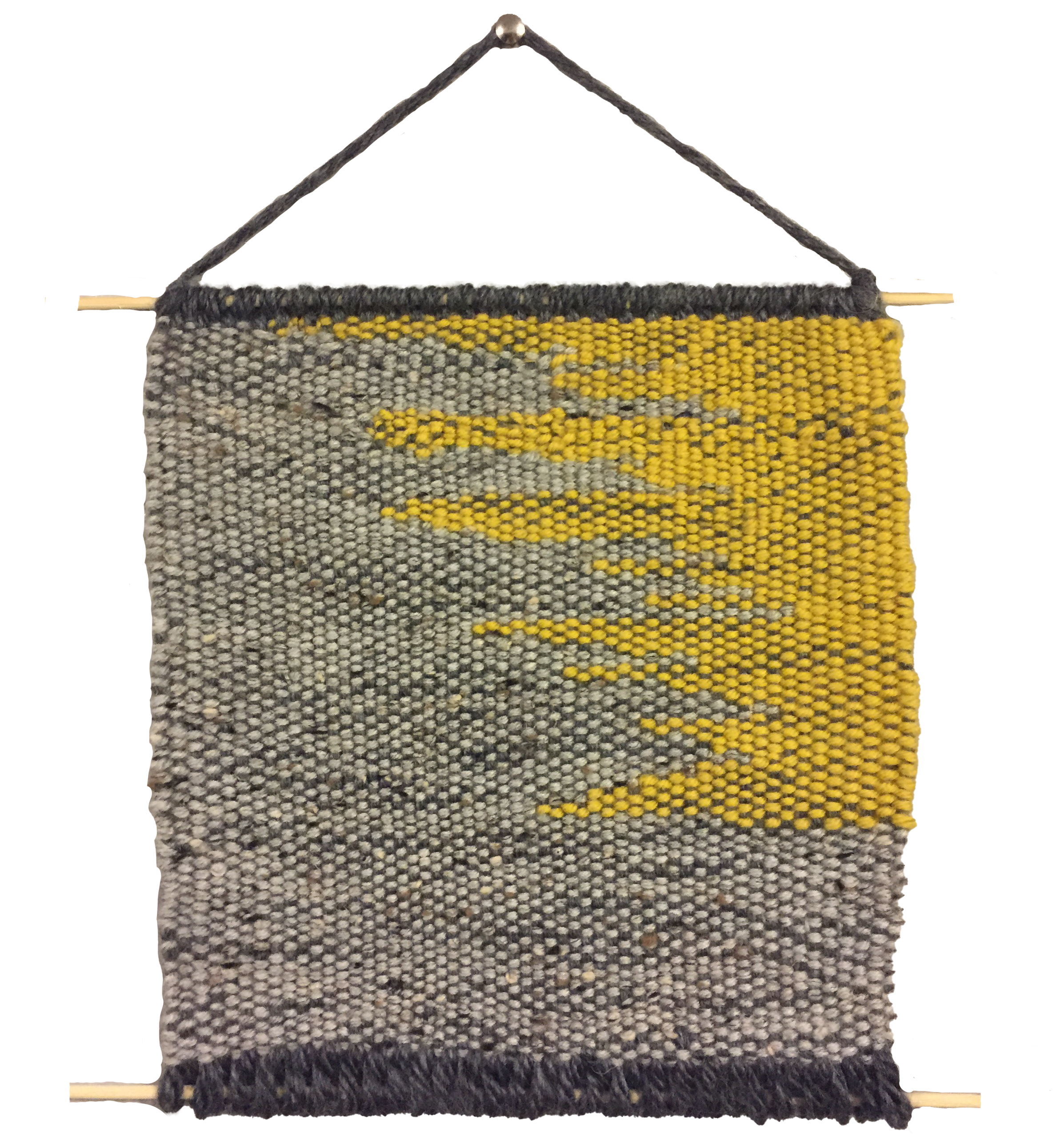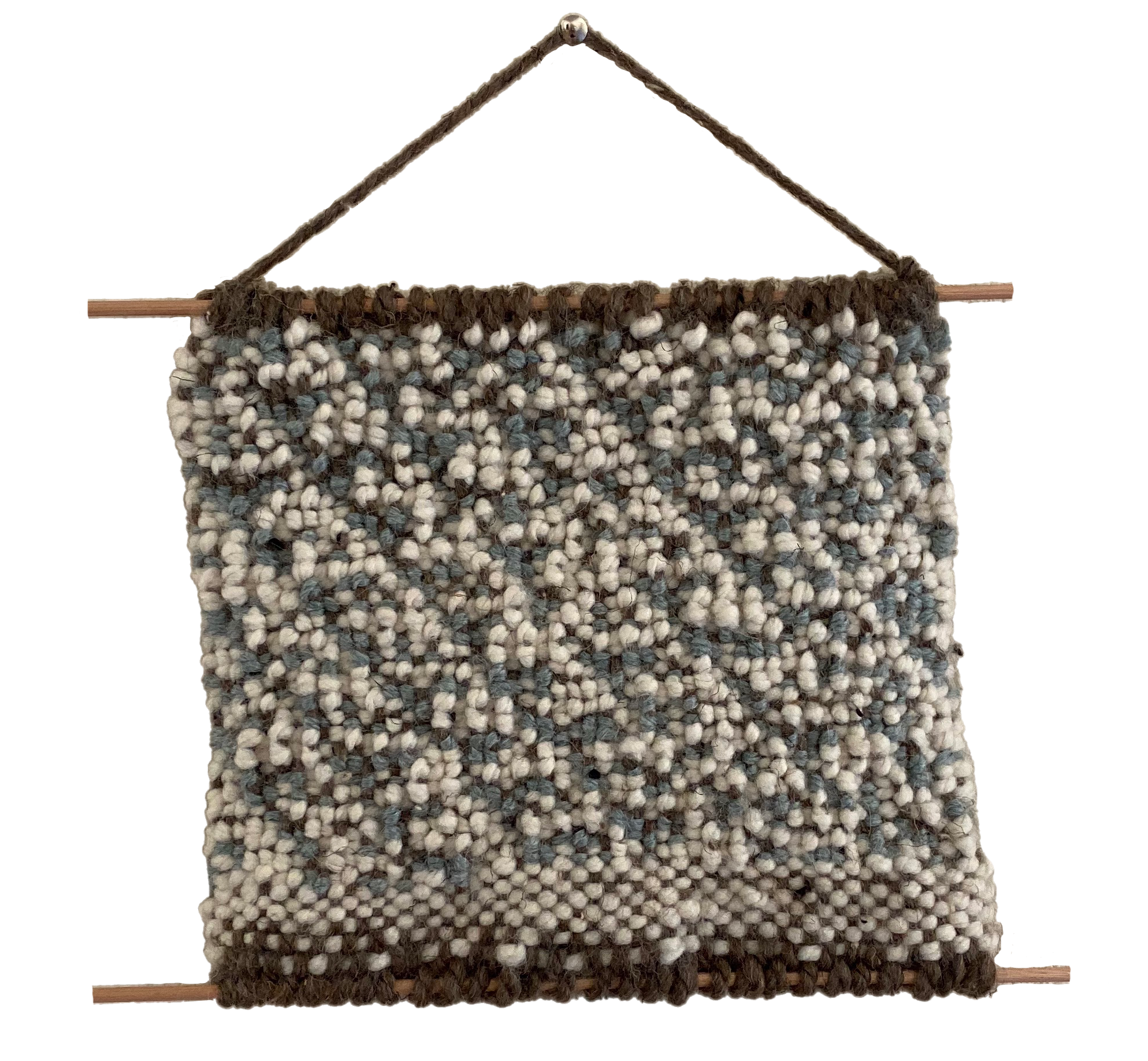I knew I wanted to use something from Christian Hawkey's Ventrakl, a haunting exploration of translation and the holes that form across languages, time, and space. Loss is a central theme and something I think about often, both in terms of the grand scheme of life/love/loss, but recently also in the realm of computer networking. Different networking protocols offer different guarantees about the accuracy of data transmitted. In many cases, we don't get everything sent to us across a computer network, but it usually doesn't matter. There's something sort of deceptive about this, in a way, but it's led me to wonder how much it matters if a handful of random pixels don't appear as they were meant to.
One of the most striking parallels I encountered was between Hawkey's comments on automatic/sterile translation and the sending of bits from one place to another. We assume that photographs, videos, and all of the other ways we document our world suffice in communicating our experiences from one person or place or time to another. We assume that in taking videos of a concert we've preserved the joy we felt in the midst of it, but even if every bit recorded by our camera is saved for as long as we're around, there's so much lost in that translation.
I landed on encoding one of the poems in Ventrakl in binary to be woven. Choosing a poem proved trickier than expected because of limitations in terms of length, but I landed on Hawkey's translation of Trakl's "Amen" (originally in German). The translated poem is odd and dark and doesn't make a ton of sense outside of the context of the work as a whole, but that's something I appreciate about it. Hawkey uses a variety of translation techniques (including shooting a poem with a handgun), so it's not necessarily meant to make lots of sense. The binary encoding of it makes even less sense, but opens up a lot to explore in terms of the reliability of a very direct translation.
Most of my favorite works were written first in other languages (see Musil, Barthes, Bolaño others...). Hawkey amplifies the questions of attribution of beauty, thought and intention when reading translated works. At an even more essential level, he points out that even independent of translations across languages, our unique ways of understanding the world as individuals make it nearly impossible for the thoughts I communicate via language to ever be understood by another person in the same way I do.
Binary seems a logical, sterile means of sharing information, but when language itself is already unreliable, it doesn't really matter what form it comes in as holes will inevitably form.
[read more]

